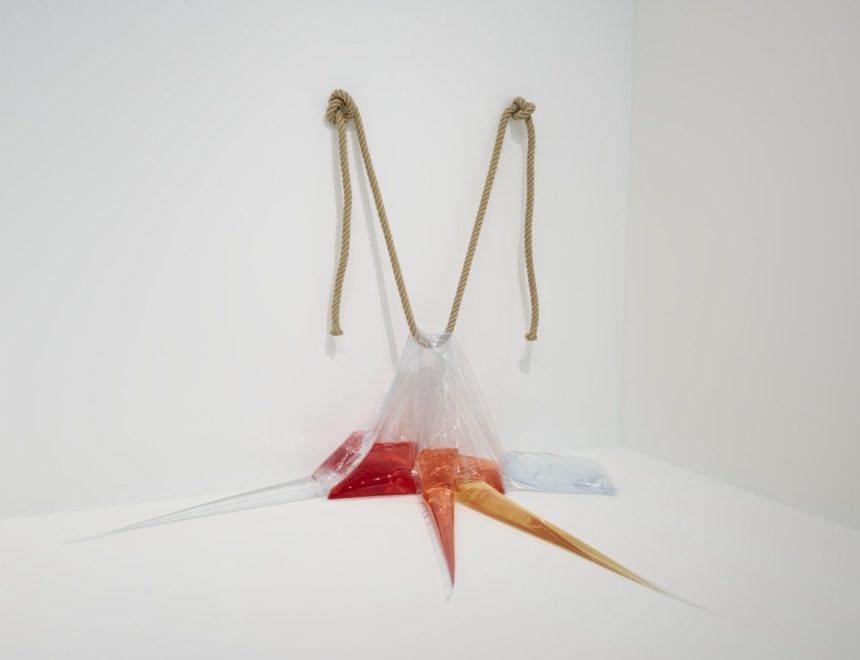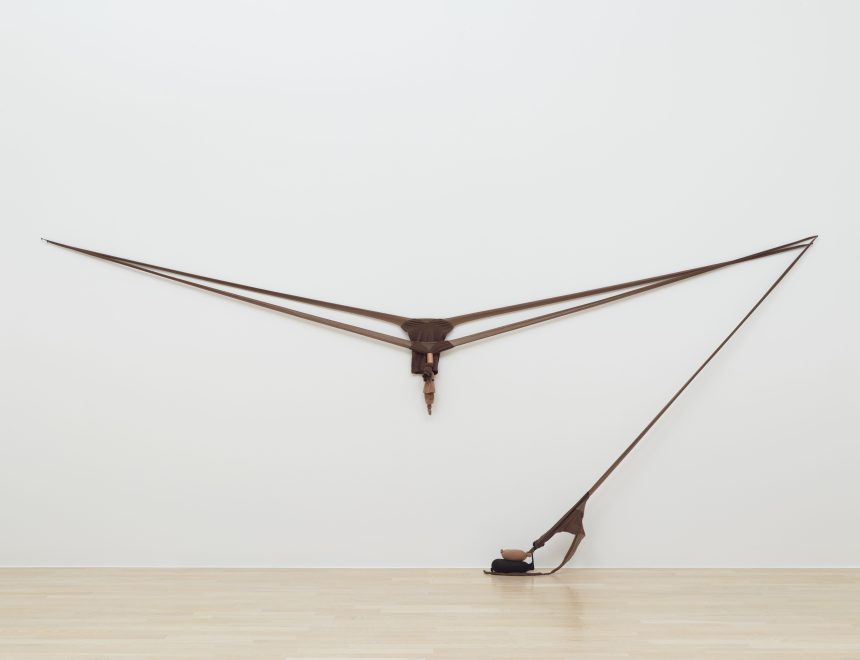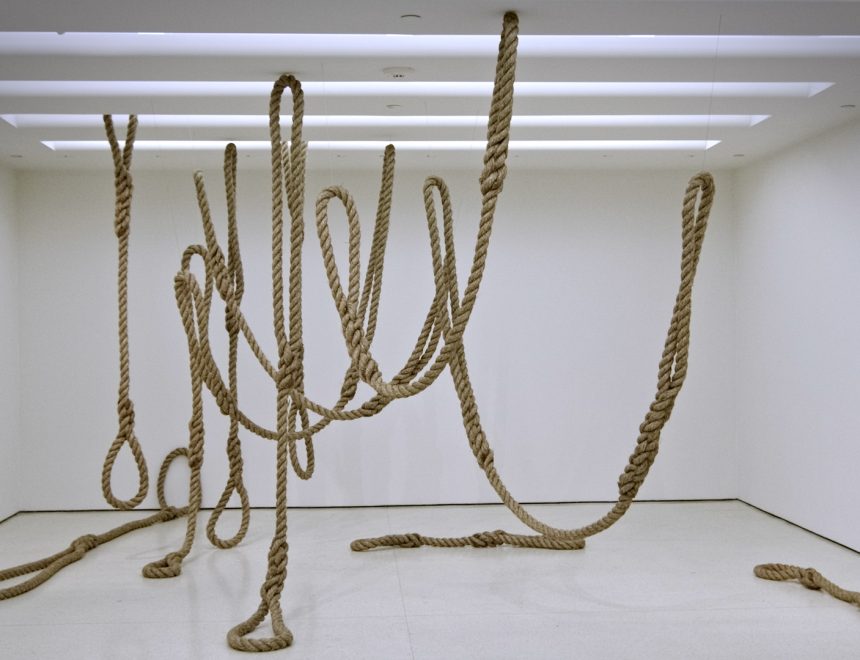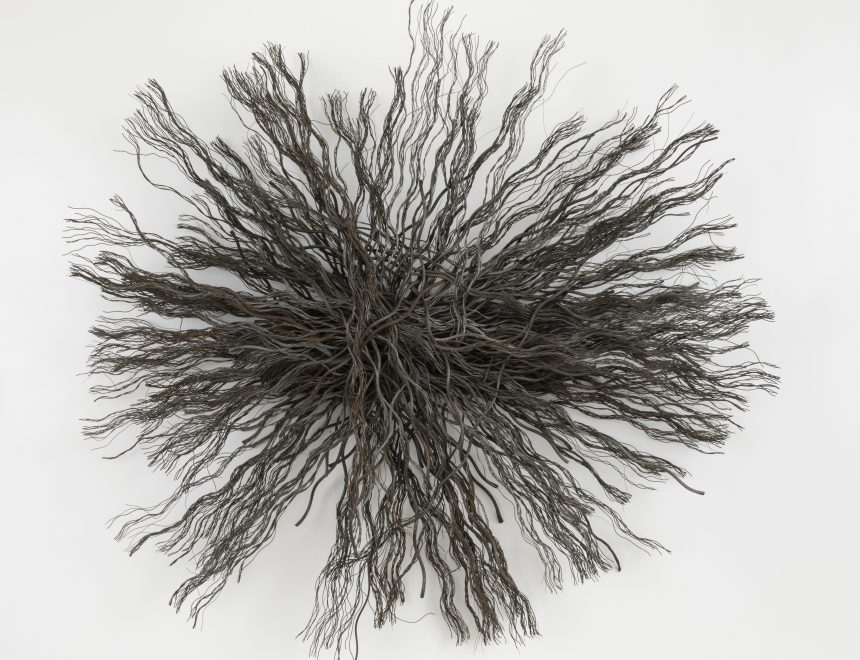The project consists of a duo exhibit by Senga Nengudi (1943, Chicago) and Maren Hassinger (1947, Los Angeles). For the first time in a Spanish museum, the close friendship and collaboration between both artists will be worked on, which originated with the experiences of Studio Z in Los Angeles and continued for more than five decades since the 70s, through installations, texts, sculptures, performances and video projects. The starting point will be two short, but very important, texts from the artists: Manifesto (Maren Hassinger, 2006) and Maren and I (Senga Nengudi, 2009), present in the room as a preamble to the exhibit.
Since the 1970s, Senga Nengudi and Maren Hassinger have worked together to create a rich corpus of works including installations, performances, video, texts and sculptures. They have been co-authors and have participated in each other’s performances on numerous occasions, in addition to being members of Studio Z. The nature of these collaborations has been based on an open, improvisational and exploratory attitude between each other’s art and, at the same time, they were a means to reflect on the need to affirm a new cultural identity.
The framework pursued in the project will show how, despite being on the sidelines, Senga Nengudi and Maren Hassinger fostered individual and collective modes of expression through self-determination and networks of mutual care and support. The two artists held space for each other as a means of survival through their friendships, their complex emerging identities, and their experiences of shared political realities.
The open and improvisational artistic spirits of Nengudi and Hassinger have been and continue to be an inspiration and a reminder that art can bring people and communities together. Their works are deeply rooted in collaboration and often consist of events that bring together people from different backgrounds and generations.
Throughout their production, Nengudi and Hassinger have opposed the apparatuses and systems of power that often regulate productive and innovative cultural exchange; and they have done so by analysing multiculturalism through the lens of blackness and offering an approach based on collaboration. They have produced an extensive body of work that places the issues of race and gender as they relate to ritual, history, and performance front and centre.









